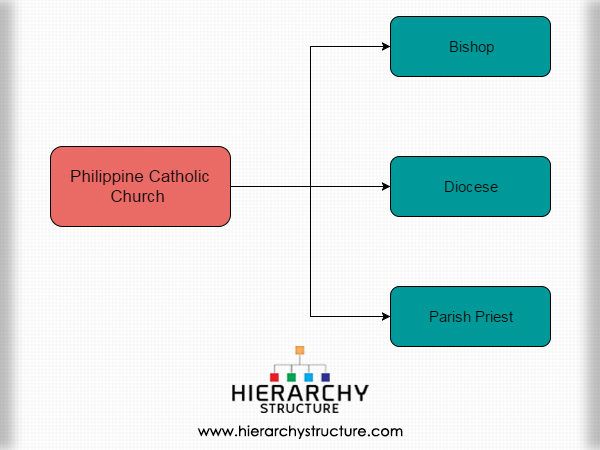In the 16th Century when the Spaniards reached Philippines, they had precisely two goals, one, participation in the spice trade and two, expanding Catholicism in Philippines and in other countries nearby, like China. The first mass on the island is believed to be held in the Easter Sunday of 1521, while the exact location of the mass remains a bit disputed. In a place called Cebu the Spanish Catholic church was first founded, and from there Catholicism started to spread in the other parts of Philippines. Around 1570-71, all apostles had to flee westward in face of a conflict with the Portuguese, and this resulted in expansion of the catholic religion and church too in the western parts of Philippines.

Philippines Catholic church hierarchy is similar to the church hierarchies in other parts of the Catholic world. On top of the whole Church, who is common for all regions under the Church’s authority. Under the Pope are the Bishops, and each catholic church might have a number of Bishops and then Parish priests and so on.
- The Bishop- The Bishop leaves in a local church known as cathedral. This is the home church of the Bishop, who is also called Arch bishop at times. Sometimes there is a confusion as to if the Archbishop is superior to the Bishop or not. But Archbishop and the Bishop stand in the same footings, only an Archbishop belong to the church of a bigger city. So the Philippines have several Bishops and Archbishops practicing the Catholic faith and preaching the same.
- The Diocese- Under the mother church or the Cathedral of the bishop there is a geographical territory under its control, called the Diocese. Each of these Dioceses have one Bishop to preside over its religious functions. But sometimes he is assisted in his work by other bishops who rank below him and are known as the servants of the main Bishop. An Archbishop or a Bishop does not have power over other Bishops or Archbishops belonging to different diocese. A Bishop or an Archbishop is appointed by the power of the Pope and can only be fired from his post by the Pope himself. No other Bishops or Archbishops can exert power on them.
- The Parish Priest- The Diocese again can be divided into a number of Parishes. These Parishes are under the authority of the Parish Priests. They are called Pastors, Reverends, Priests, Father etc. In the Catholic Church hierarchy, there is one Parish Priest for each Parish. The Parish also have a geographical area under its control. The Parish Priest is answerable to the Bishop of the Diocese, and the Pope, and none else. But a Bishop of one Diocese cannot exert power and authority over a completely different Parish Priest belonging to another Diocese.
The Catholic Church has huge impact on the religio social and cultural scenario in Philippines. With the advent and spread of the Catholic Church order in the Philipines, there were several perceptible changes in those sections of life.
